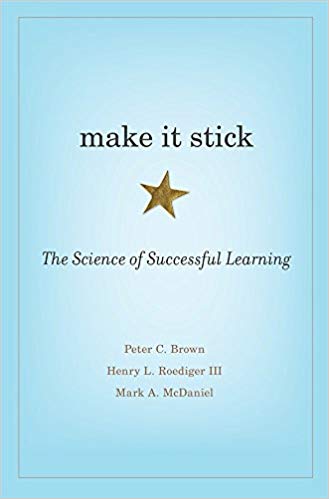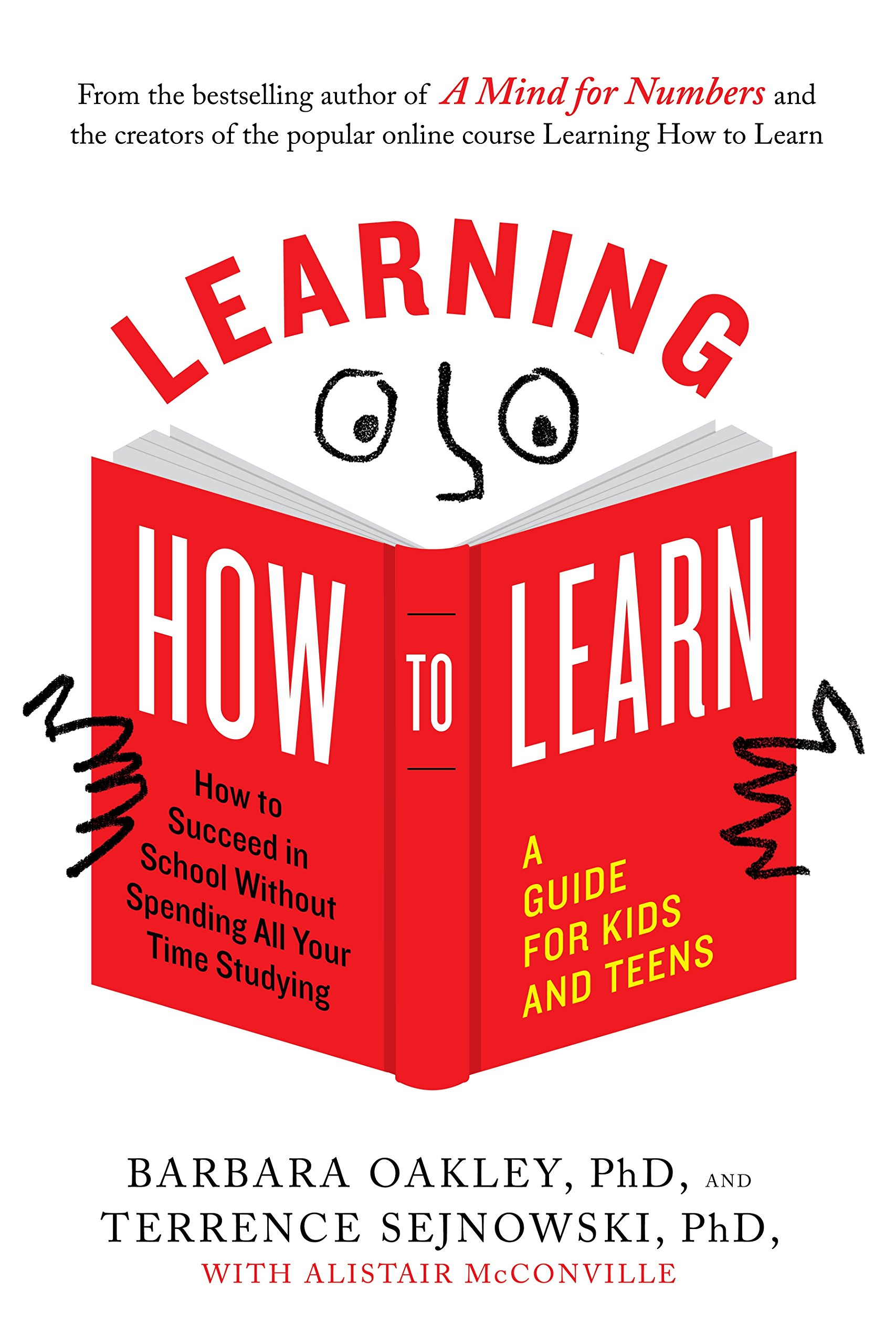Should I re-read my notes? Should I highlight? Should I make flashcards? What kinds of practice tests are most useful? How often should I review old material?
These types of practical questions have been addressed ad nauseum in the scientific literature, but it can be hard to know where to start. In researching evidence-based learning strategies over the last few years, I’ve encountered an avalanche of books, papers, blogs, and podcasts about learning how to learn effectively. It can seem overwhelming at times. A great place to begin is by picking a book and reading it cover to cover. I’ve collected my favorites below. While there’s no one-size-fits-all methodology for effective learning, cognitive psychology has gifted us a wealth of insights into what works and what doesn’t. These books offer a concise yet thorough foundation for understanding and applying learning science. Each book provides the science-backed, do-this-not-that tips for avoiding pitfalls and maximizing study time.
For General Learners
Make It Stick: The Science of Successful Learning, by Peter Brown, Henry Roediger, and Mark McDaniel. As popular science books go, Make It Stick is the bible of effective learning. It neatly presents the core principles established by learning and cognitive psychology research over the last century. It doesn’t offer many specifics about Anki, as can be found in Learning Medicine (see below), or memory palaces, as we present on this site, but you’ll come away with a strong understanding of the basics. I was fortunate to meet Henry Roediger, one of the authors, at the 2015 Extreme Memory Tournament. At the time, I had no idea who he was, but I should have been starstruck. His lab at Washington University in St. Louis has been one of the forerunners of modern learning theory, in particular retrieval practice.
For Learners ≤ 15 years old
Learning How to Learn, by Barbara Oakley. If Make It Stick is the learning bible for adults, Learning How to Learn is the bible for kids. Oakley leads the reader through simpler examinations of the above concepts while sprinkling in colorful, age-appropriate analogies. Oakley—also the creator of Learning How to Learn, the world’s most popular online course—leaves out much of the hard science discussed in Make It Stick, but for younger learners, that’s a good thing.
For Learners Interested in Medicine
Learning Medicine, by Peter Wei and Alex Chamessian. LM discusses many of the ideas of Make It Stick, targeting the principles at medical students. The two books pair well together. Where Make It Stick trails off in terms of practical learning tips for medical learners, LM picks up the baton and runs with it, providing detailed examples of applying retrieval practice, spacing, interleaving, and elaboration in the medical context. Anki is heavily featured. Unfortunately, unlike Make It Stick, LM does not explore mnemonics. The book also provides helpful recommendations for resources—such as the UWorld question bank, which I consider the single best resource for USMLE Step 1 prep (there’s research to support this)—and discusses relevant topics such as “Should I go to class or stay home and watch videos?” and “How should I structure my study time?” Another good option is Medical School 2.0, which discusses many of the same ideas, but I think LM offers more detailed examples.
Have a favorite book that explores the science of learning? Share it in the comments below. We’d love to hear from you. Looking for more resources? Here are a few other favorites: The Learning Scientists (website and podcast), Yousmle, Scott Young, and Hacking Chinese.
Also check out: My Favorite Books: The Science of Achievement.


